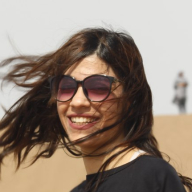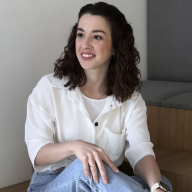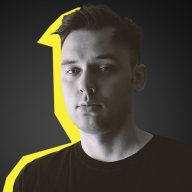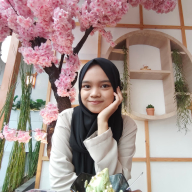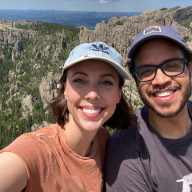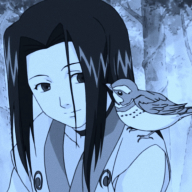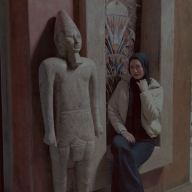Zameer a Mental health project
Two years ago, I worked on a mental health platform for Iranian migrants (Zameer). The biggest issue? Booking a therapy appointment felt more stressful than the therapy itself.
🔎 Through usability testing and competitor analysis, I discovered:
• Users didn’t trust therapist profiles
• Switching time zones caused confusion
• People dropped off mid-booking because of overwhelming steps
✨ So I redesigned the booking flow:
→ Multiple issues could be selected (e.g., anxiety + ADHD)
→ Therapist cards included clear info + filters
→ Calendars showed both Gregorian and Persian dates
→ Rescheduling became possible without deleting appointments
🌱 Takeaway?
Early-stage testing saved dev time, and involving users early helped us build empathy into every click.
See the website: https://www.zameer.life/en
Have you ever designed in a high-stress domain like mental health? I’d love to hear how you approached it.
Tools used
Topics
Share
Reviews
3 reviews
Great work, Elham! You did a fantastic job fixing the booking flow. The changes you made, like adding both Gregorian and Persian dates and letting users reschedule easily, are really smart. It’s clear that you thought about the users' needs, especially with issues like trust and time zone confusion. Your takeaway about early testing saving time and creating a better design makes a lot of sense.
I’m curious, did you face any other challenges while working on this mental health project? Would love to hear more!
Hey Elly, I reviewed your design and here’s my honest feedback — from the early user research, journey mapping, and wireframes to the final designs.
And honestly, you should feel proud of how deeply you tackled this project.
You didn’t just jump into making screens.
You understood the problem first, validated it with real users, and then built a clear, structured solution.
That’s exactly how real-world product design should work.
The final therapy booking flow feels simple and calming, which fits the emotional state users are likely to be in when searching for therapy.
Breaking the experience into five clear steps — therapy type, therapist selection, package choice, scheduling, and payment — shows you really thought about how users naturally move through decisions.
Each screen feels focused, never overwhelming.
The progress bar at the top works really well, too.
It reassures users exactly where they are in the process, which is important when dealing with something personal like therapy.
The way you improved the therapist cards stands out.
Adding tags like "Family Conflict" and "Anxiety" was a smart move.
It makes scanning easier and cuts down decision-making time.
The final summary and payment screen is clean and to the point, giving users exactly the confirmation they need before paying.
You respected their mental load at every step, which shows a lot of maturity in your design thinking.
That said, there are a few areas where you could push it even further.
On the therapist selection page, the "Choose Therapist" and "View Profile" buttons still compete a little visually.
Making "Choose Therapist" a stronger, more obvious button and keeping "View Profile" lighter would guide users more clearly.
The calendar and time selection step also feels a bit heavy right now.
You might want to split it into two lighter interactions — first picking a date, then choosing a time — instead of showing everything together.
I also think your therapist profiles could benefit from a little more emotional storytelling.
Right now, they are functional, but adding a short, friendly line like "Helping people navigate anxiety and change" would humanize them without being too much.
And while your mobile layouts are generally strong, some parts — especially around the stepper and cards — feel a little tight.
Giving them more breathing space would make it easier for users to tap and read comfortably.
Finally, while the functionality is solid, a few subtle microinteractions would lift the whole experience.
Even something as small as a hover state on buttons or a soft fade on page transitions would make it feel less static and a bit more alive.
If I had to sum it all up, I’d say:
"You’ve built a strong, user-centered booking flow — now add a few emotional touches and sharpen the action paths to make it truly unforgettable."
You clearly understand real product design — not just making screens look good, but solving real problems for real people.
If you’re planning to publish this project on Behance or LinkedIn, I honestly think it has the potential to stand out as a proper case study.
I was truly impressed by your project! Every element shows an extraordinary attention to detail. The color scheme is both vibrant and harmonious, creating an inviting and visually appealing atmosphere. The typography is carefully chosen and expertly applied, ensuring that every piece of information is both legible and engaging. Overall, the design seamlessly combines aesthetics with usability, resulting in a polished and immersive experience. Great job on delivering such a thoughtful and cohesive project!
You might also like
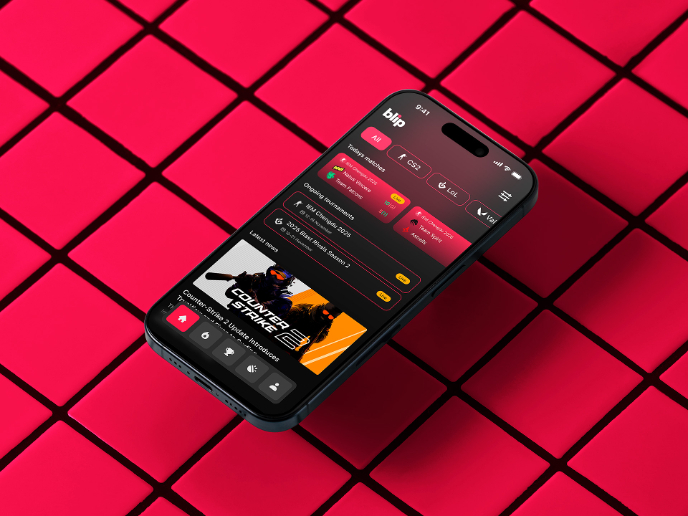
Blip - Esport app design (Light & Dark UI)
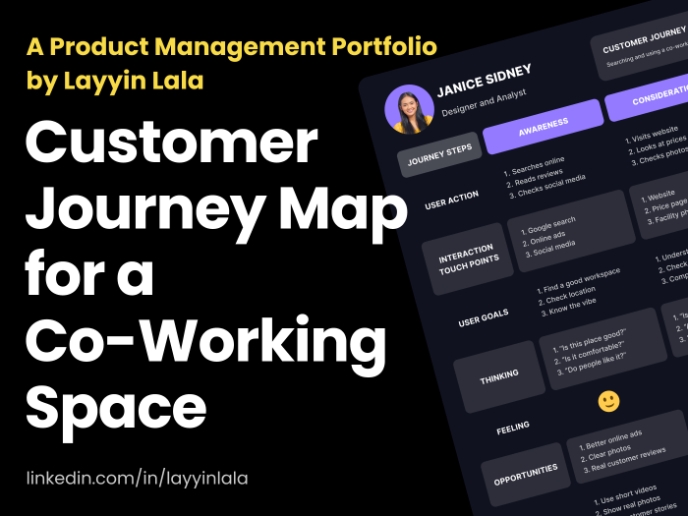
Customer Journey Map for a Co-Working Space
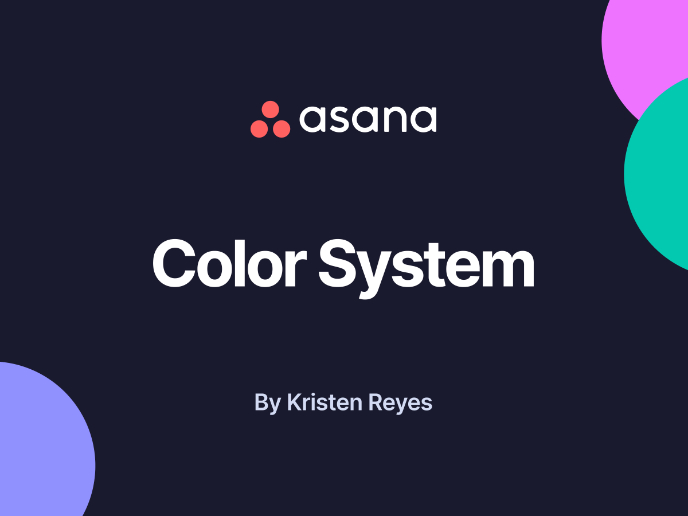
Reimagining Asana's Color System
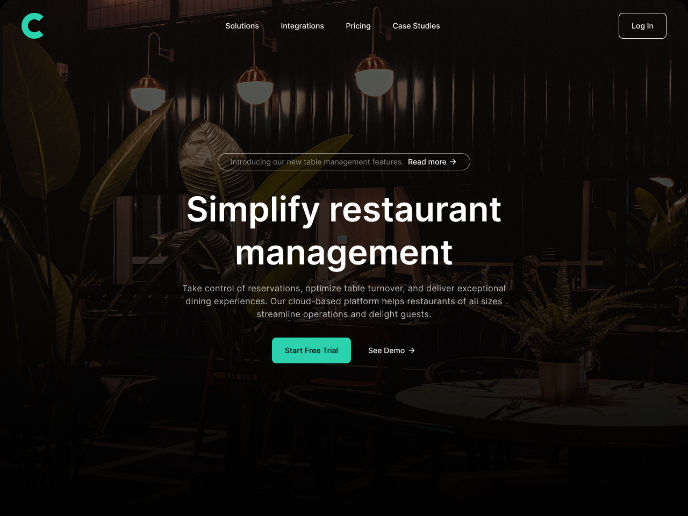
Responsive Main Screen
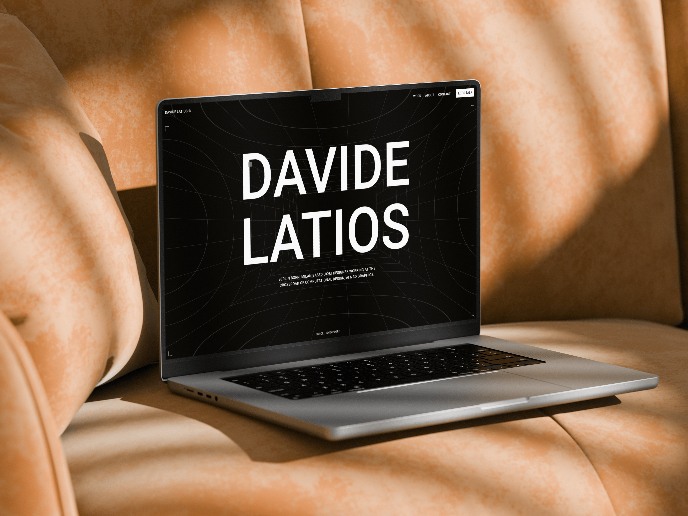
Latios - Free Portfolio Template for UX/UI Designers
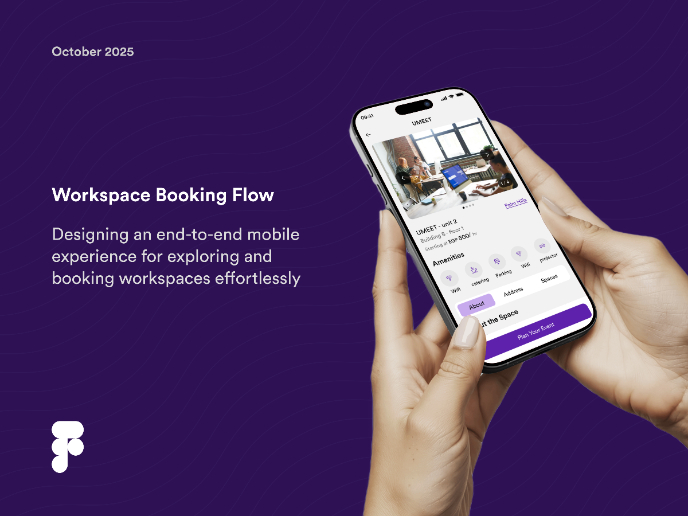
Workspace Booking Flow - UI/UX Design
Popular Courses

The Product Development Lifecycle & Methodologies

Business & Technical Fundamentals for PMs

